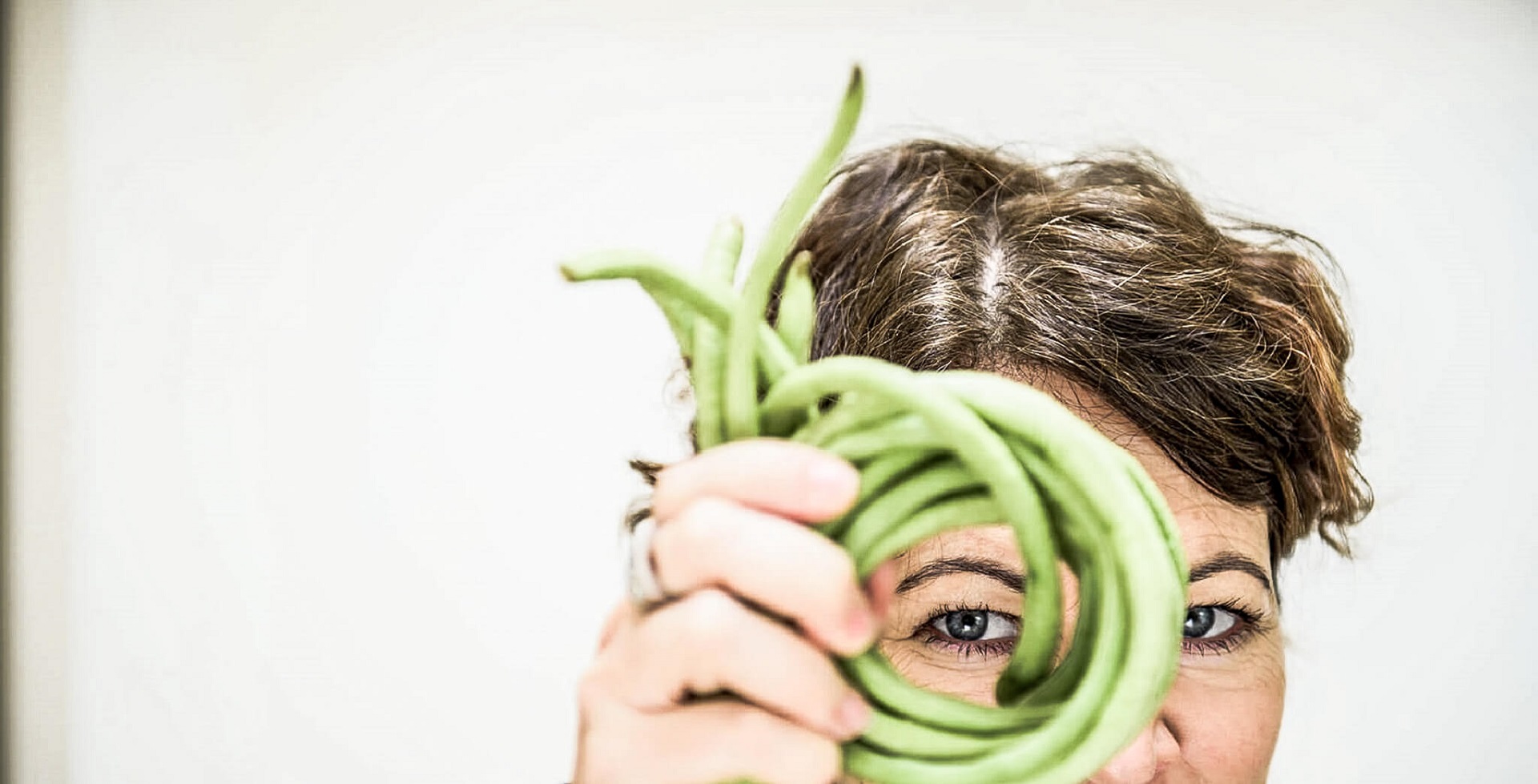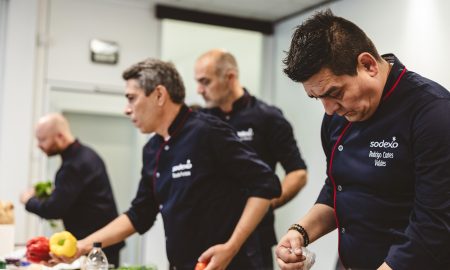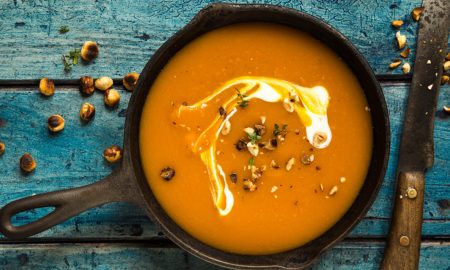Fashion magazines, movie stars, influencers and even teenagers are always trying to tell us what’s trending right now. Roman sandals with socks, for example. Or curtain bangs – a fringed bang for all hair types. In most cases, these are short-term fads that are quickly forgotten. From a sociological perspective, trends describe what tomorrow will be. Identifying them is not easy and calls for exceptional instinct.
This woman knows everything about the most important food trends 2024
Trend researcher Hanni Rützler is one of Europe’s leading food experts. In her newly released Food Report 2024, which was published for the eleventh time this year by the Zukunftsinstitut, she describes the most important food trends and the biggest drivers of change in the food service industry for the coming year. Apparently, everything is changing right now: What we’re eating. When we’re eating. Who is making our food, and how it’s produced. The focus is (again) on sustainability, regionality and new technologies.
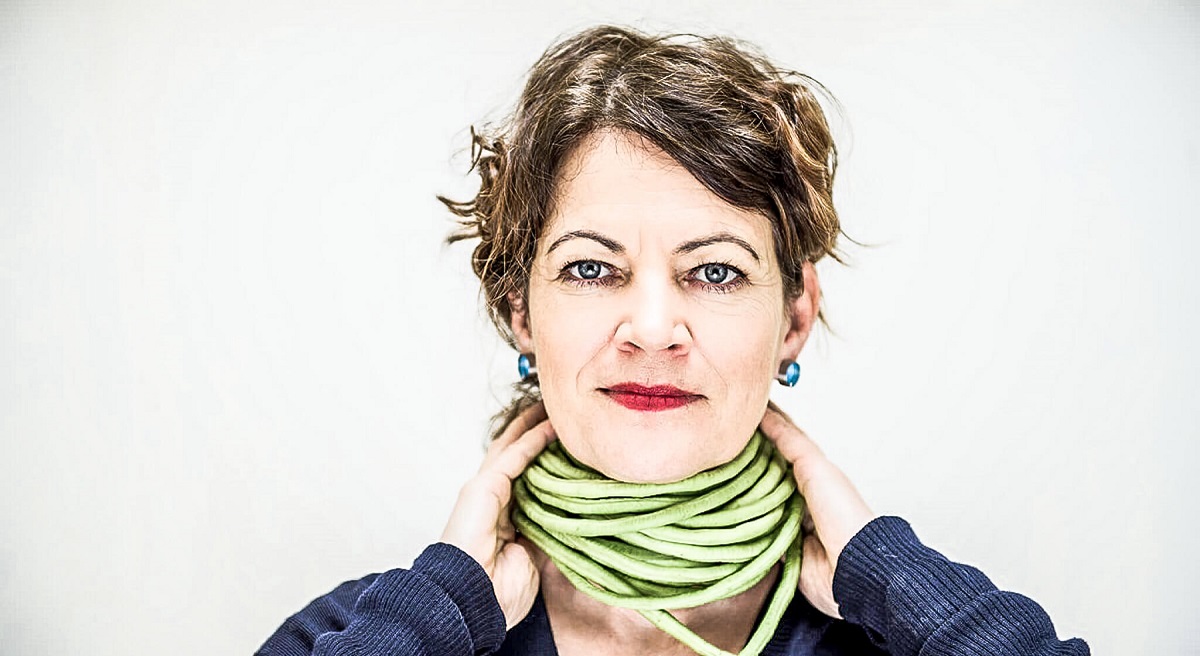
Image: Thomas Wunderlich
Plant-based food
Plant-based food continues to be one of the most important food trends in 2024. This trend is driven by growing climate and environmental consciousness, especially in the younger generation. The trend is also strengthened by the rejection of mass meat production, which many no longer considered ethically acceptable. The idea that we will succeed in reducing meat consumption in industrialized countries by at least 75 percent in the future to save the planet is nice, but not realistic. Therefore, we need to find different solutions – and one of them is plant-based meat and fish substitutes.
Better, faster, stronger: Cutting-edge technology
Although they’re getting better at mimicking the taste and texture of meat and fish, for many they are not (yet) a complete substitute. Thanks to the newly improved technologies, the competition is also making rapid progress.
Precision fermentation, for example has great potential for more sustainable food production. This is a technique that makes cheese with the help of yeast – no cow required. Another alternative for producing food outside of traditional agriculture is cultured meat or cultured fish. This refers to meat and fish products that are cultivated from animal muscle and fat cells. In other words, products that taste like the original, but for which no animals had to die.

Image: AdobeStock | tilialucida
What sounded like a distant utopia just a few years ago is now a highly competitive future market. Health authorities in the USA only recently gave the green light for what is known as “in vitro” meat. This makes the United States the second country, after Singapore, to allow the sale of lab-grown meat. The biggest and almost only challenge to date is the lack of acceptance within society.
Food trend 2024: Female connoisseurs
The food service industry is also undergoing a transformation in that an increasing number of women are making their mark in it. Not only are they more prevalent in top restaurants, they are also dominating the food blogging scene, founding innovative food start-ups, or making a name for themselves as bartenders and in winemaking. According to Food Trends 2024, female connoisseurs – as they are called – will stir up the industry by focusing more on social and ecological issues and setting the course for a more sustainable and diverse future.
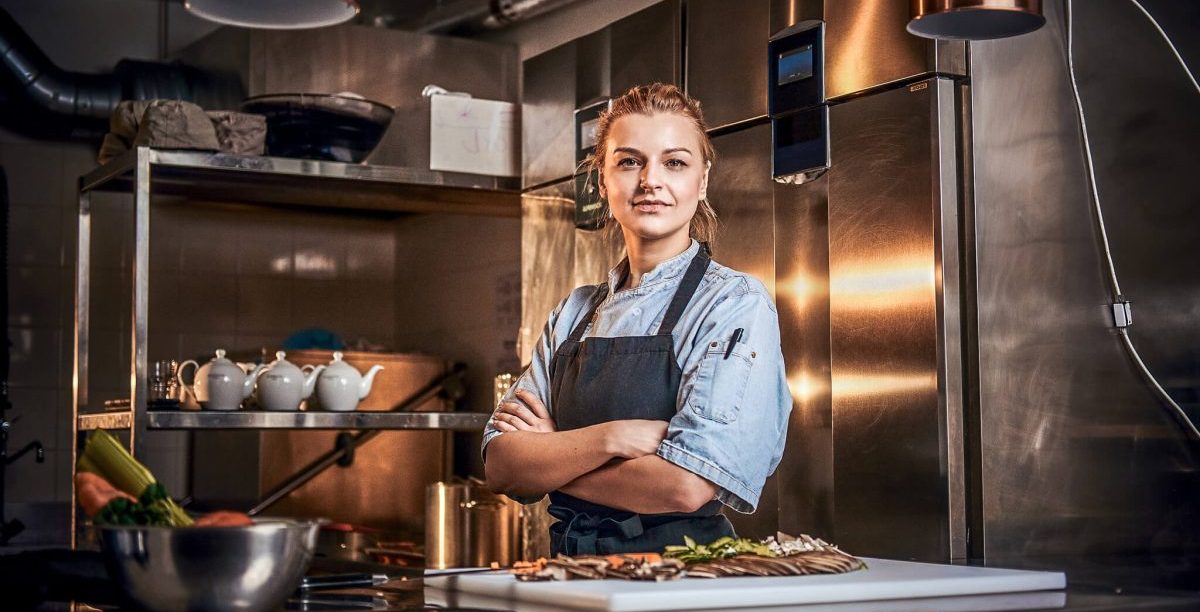
Image: AdobeStock | Fxquadro
Does regenerative food do everything well?
Another fast-growing but relatively new trend is regenerative food. The focus is no longer just on the food that ends up on our plates, but rather on the way food is produced. In other words, the aim is to promote biodiversity and minimize the impact of agriculture on climate change, or even actively counteract it in order to regenerate our soils.
Regenerative food is now competing with the organic industry. Although the proportion of organic farmland and organic products is still relatively small, organic was long seen as the solution to many of the problems of our time, such as environmental and climate protection, animal welfare or ecology.
However, times are changing. Organic seems to be treading water and has missed out on important issues. Organic is now lagging behind in terms of origin, whether it be local or exotic. This is because consumers today value regional rather than organic food production. Two main directions can be identified: On the one hand, this means traditional foods from our latitudes, which are increasingly bought directly from the farmer. On the other hand, exotic plants and animals, known as “local exotics“, which are uncommon in certain areas. An exciting topic indeed. We’ll come back to this later.
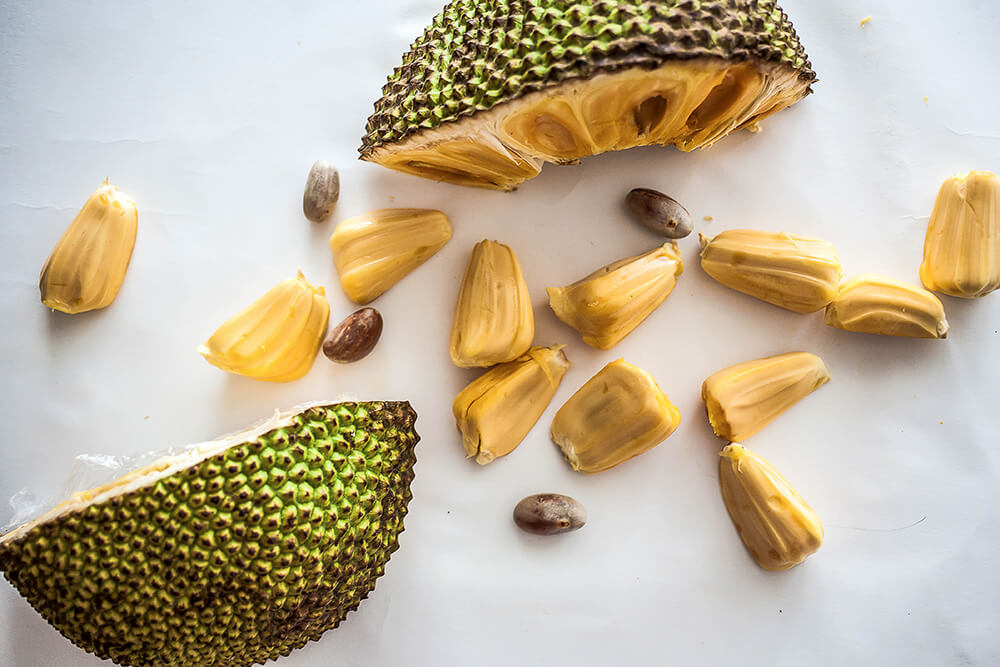
Image: Gulnara – stock.adobe.com
Still too much food waste
One trend that Hanni Rützler first described ten years ago in the initial Food Report is re-use food. This has made a difference. However, it’s still not enough. In Germany alone, more than a third of the food produced is still thrown away. In the past, this was primarily up to consumers, but nowadays start-ups, supermarkets and restaurants are also increasingly developing sustainable concepts for recycling food. The circular food trend goes one step further. Reducing waste is not enough. The aim is not to create any in the first place, for example by processing components such as seeds, shells, etc. and returning them to the biological cycle. A 2024 food trend that sounds promising.
When is a food trend a food trend?
What actually makes a food trend? And how can you tell which trend has a future? “I define food trends as a response to current desires, problems and longings in our society in terms of nutrition or food production. A food trend must therefore always offer potential solutions,” explains food expert Hanni Rützler. If it does not do so, it will only be a short-term phenomenon.
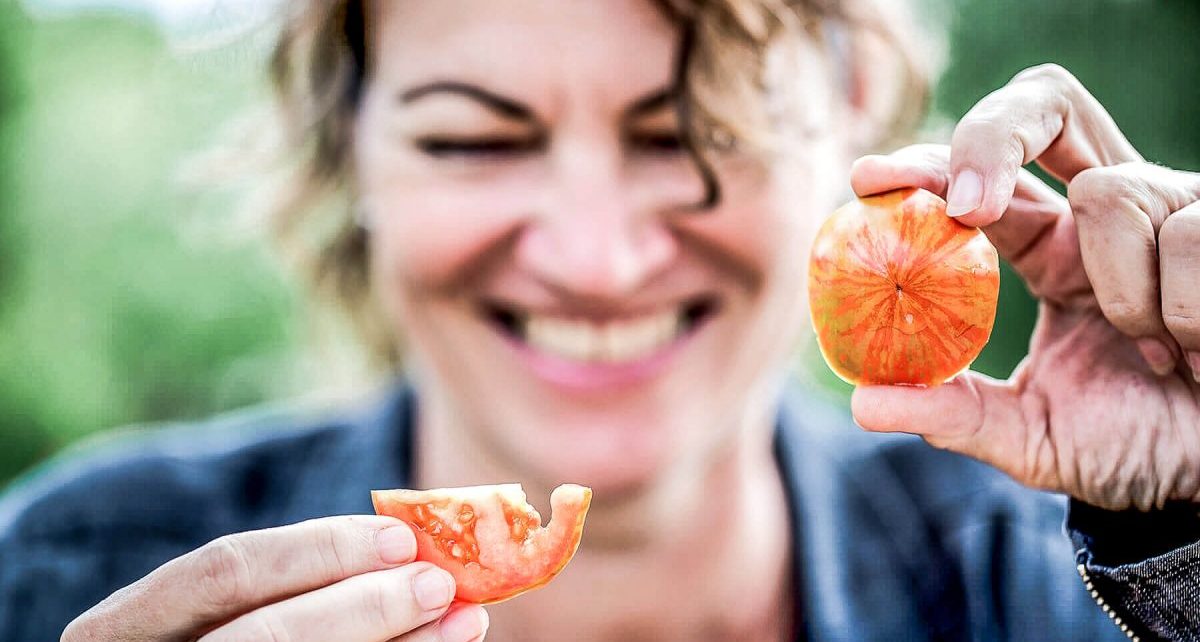
Image: Nicole Heiling
Her wide-ranging educational background – she studied nutritional sciences, psychology and sociology, food and biotechnology – helps her to observe, analyze and classify the topic of nutrition from very different perspectives. Her job also includes exchanges with experts from the fields of research and politics, food production, gastronomy and retail, as well as trade fair visits and research on site.
Every food trend needs a name
How does she manage to track down food trends that are still out of the public eye? The best way to describe this is with an example. Let’s take the “local exotics” mentioned at the beginning, a food trend that started two years ago. At that time, the topic of regionality experienced an enormous upsurge, especially due to Corona; however, the range of regional products was still quite limited. At the same time, agriculture had to contend with climate change on a regional basis. In the Weinviertel region of Lower Austria, for example, they could not properly grow corn because there wasn’t enough water to do so. In the face of adversity, however, individual farmers suddenly stopped growing corn or grapes and started growing peanuts instead.
Elsewhere, such as Burgenland (a federal state on the Austrian-Hungarian border), they started cultivating saffron, turmeric, ginger and wasabi. In Bavaria (Germany) or Switzerland, they were suddenly breeding prawns or yaks. In other words, animals and plants that were not at all common in this part of the world.
Sieh dir diesen Beitrag auf Instagram an
“If I notice something like this, I look at where else this is happening. If I feel it is already a small, tenuous movement that meets the need for more regionality and at the same time is a solution to the issue that there are not enough regional products, then I give it a name. In this case, the name is local exotics.” This is also part of her job. Of course, a name is required to make a development visible and tangible. “And ultimately, it becomes a trend that will be with us for a few more years until it ends up being adapted to climate change.”
What will we serve in the future?
Food trends generally stick around for five to ten years. In the process, they are in a permanent evolutionary loop, sometimes becoming stronger, then weaker again, stagnating or merging into new trends. But why is it important to know today what we will be eating tomorrow? And how can gastronomy, for example, best use this information?
Entrepreneurs will not find the one solution that is applicable to everyone in the “Food Report” or any other studies. Rather, restaurateurs need to know who they are, where they want to go and who they want to reach. It is only after this foundation has been laid that they can choose from the variety of food trends those that best suit their own concept and with which they aim to pave the way to the future.
If you want to know more than the Food Trends 2024, you can also take a far more daring, but no less profound, look into the future. In the article ‘This is the future of gastronomy in 2073‘, one of the leading market research institutes Euromonitor and RATIONAL describe together how we will probably eat 50 years from now.


